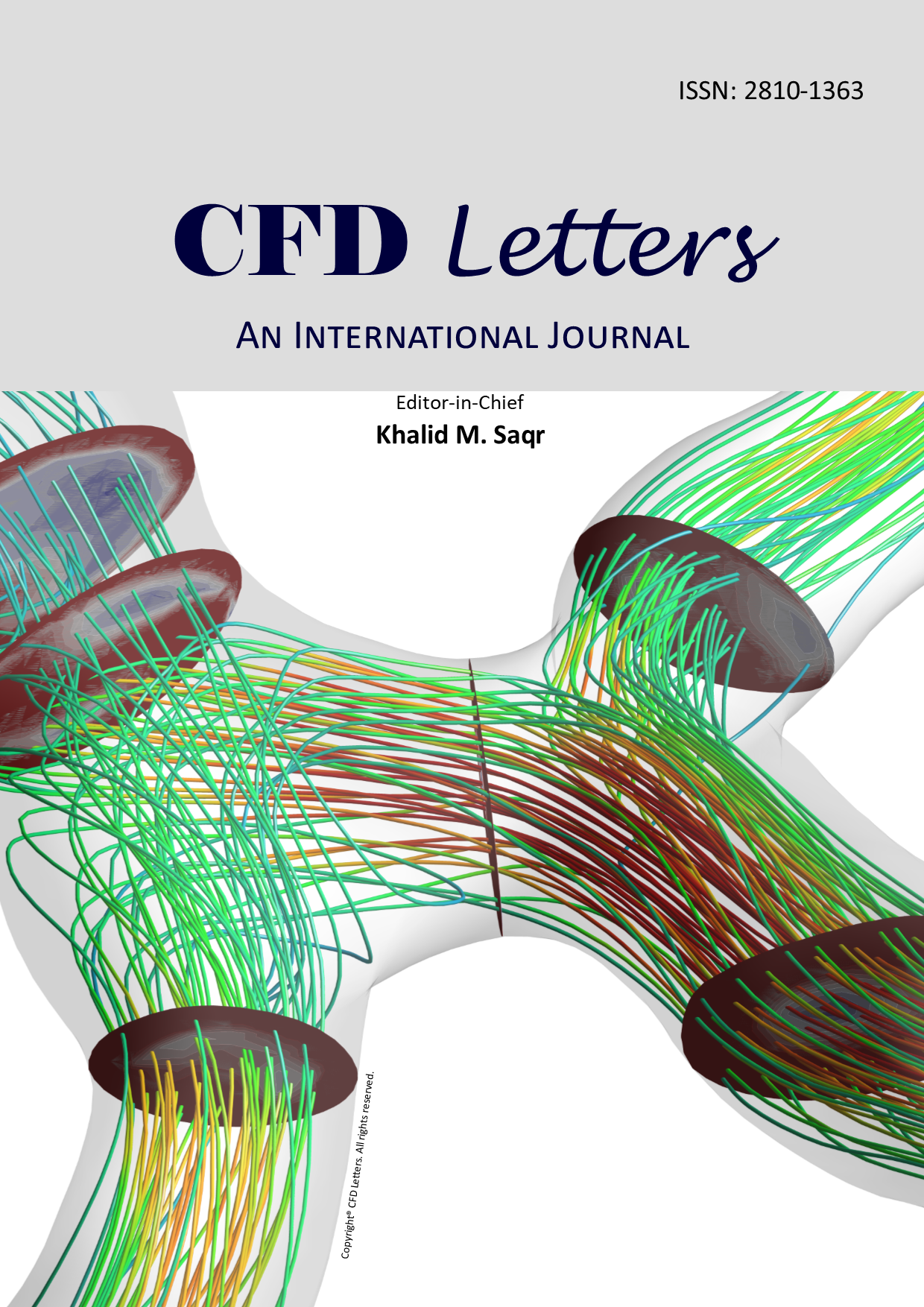The Impact of Streamwise Steps and Cavities Geometry on Supersonic Turbulent Boundary Layer
DOI:
https://doi.org/10.37934/cfdl.12.11.1426Keywords:
Supersonic flow, turbulent boundary layers, surface roughness, cross-hatching, cavityAbstract
In some cases, the nozzle of a rocket engine could deform during manufacturing or testing, flare up and distort during operation in such a way that periodically repeating structures of depressions and protrusions form on the wall surface. Complex configurations of roughness topologies have been experimentally observed to form due to this fluid-structure interaction and have been known to distort the boundary layer and increase local drag and heat transfer. A numerical experiment was carried out using ANSYS FLUENT to assess the effects of geometry (streamwise wavelengths ? and length-to-depth ratios (L/D)) of discrete roughness topologies in the form of steps and cavities on flow field distortions and resulting total drag. It was found that cavity L/D ratios of 19.8 – 23.1 and 12.8 – 15.5 yielded the highest drag coefficients. The flow fields over these periodic arrays exhibited closed and a combination of closed cavity type features, and it can be concluded that the flow phenomena associated with separation caused by forward facing steps in closed cavity type topologies contributed the most to the total drag. L/D ratios of 6.3 – 8.4 exhibited the lowest drag coefficient. The lower drag coefficient is due to the modification of the turbulent boundary layer by the trapped coherent vortical structure within the cavities. Pressure forces become more dominant as the surface wavelength is decreased. For all cases, there was a pronounced increase in the boundary layer thickness after each successive cavity.













